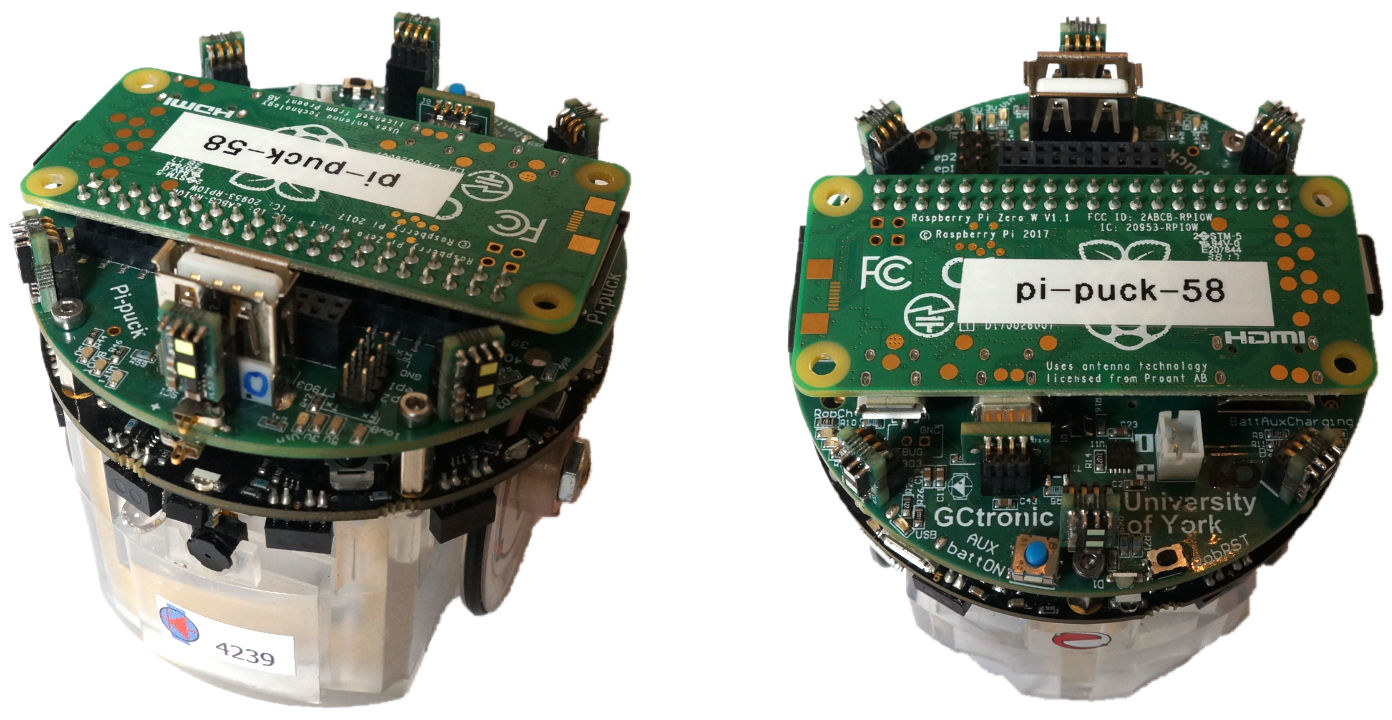

- #Layouteditor pi how to
- #Layouteditor pi pdf
- #Layouteditor pi software
- #Layouteditor pi plus
- #Layouteditor pi free
The bootloader loads the devicetree into memory and passes it to the Linux kernel. Its purpose is to allow the compiled Linux kernel to handle a variety of different hardware configurations within a wider architecture family.
#Layouteditor pi software
Understanding devicetreeĭevicetree is a specification for a software data structure that describes the hardware components. Alternatively, if you prefer to skip the hassle of PCB manufacturing and sourcing components, you can order the ANAVI Play pHAT maker kit from Crowd Supply and solder all the through-hole components on your own. There are also a lot of Chinese manufacturers, such as JLCPCB, PCBWay, ALLPCB, Seeed Studio, and many more. For a few prototypes, you can count on OSHPark in the US or Aisler in Europe. There are numerous companies that can make a simple two-layer board like the gamepad's.
#Layouteditor pi pdf
It is an open ASCII vector format for 2D binary images simply explained, it is like a PDF for PCB manufacturing. The Gerber format is the de facto industry standard for PCBs. (If you are not in the mood to do everything from scratch, you can just clone the ANAVI Play pHAT project in my GitHub repository.)įinally, export the Gerber and drill files that you'll send to the company that will produce your PCB.
#Layouteditor pi how to
Go through the examples and user's guides provided by KiCad to learn how to work with the schematic and the PCB layout editor. If you haven't designed PCBs before, keep in mind there is a steep learning curve. Exporting Gerber and drill files for manufacture.Drawing the edge cuts, placing the components, and routing the tracks in the PCB layout editor.Designing the schematics in the schematic layout editor.The KiCad workflow includes three major steps:

It's actively developed, including many contributions by CERN developers, and used for industrial applications for example, Olimex uses KiCad to design complex PCBs with multiple layers, like the one in its TERES-I DIY open source hardware laptop.
#Layouteditor pi plus
KiCad allows you to create PCBs with up to 32 copper layers plus 14 fixed-purpose technical layers. KiCad works on Windows, MacOS, and GNU/Linux. I rely on KiCad, electronic design automation (EDA) software available under the GPLv3+ license.
#Layouteditor pi free
As an open source enthusiast, I believe that free and open source software should be used for creating open source hardware. The next step is to create a printed circuit board (PCB) design and have it manufactured. Once you have this hardware, use a breadboard to check that it works. All Raspberry Pi models and versions released after 2014 (Raspberry Pi B+ and newer) have a secondary I 2C bus on physical pins 27 and 28. An article in the MagPi magazine recommends CAT24C32 EEPROM if that model isn't available, try to find a model with similar technical specifications. A through-hole mounted EEPROM is easier to flash on a breadboard and solder to the gamepad. The most interesting and important part of the hardware design is the EEPROM (electrically erasable programmable read-only memory). I added three slots for attaching I 2C sensors to the primary I 2C bus on physical pins 3 and 5. While the gamepad's primary purpose is to play retro games, the add-on board is large enough to include home-automation features, such as monitoring temperature, humidity, light, or barometric pressure, that you can use when you're not playing games. I used through-hole tact switches: six 6圆x4.3mm switches for movement and the A and B buttons, and two 3圆x4.3mm switches for the Start and Select buttons. The gamepad uses eight "momentary" buttons (i.e., switches that are active only while they're pushed): four tactile (tact) switches for movement (Up, Down, Left, Right), two tact buttons for A and B, and two smaller tact buttons for Select and Start. However, it's not hard to make a gamepad similar to the iconic NES controller using the design I created. There are a huge variety of gamepads available for purchase, and some of them are really complex.

I designed it as an add-on board for Raspberry Pi using an EEPROM and a devicetree binary overlay I created for mapping the keys. So, I made my own simple open source hardware gamepad, which I named the ANAVI Play pHAT. There are a lot of options on the market for USB gamepads and joysticks, but as an open source enthusiast, maker, and engineer, I prefer doing it the hard way. I enjoy the simple games included in Raspbian, and the open source RetroPie project helped me turn my Raspberry Pi into an advanced retro-gaming machine.īut, for a more authentic experience, like back in the "old days," I needed a gamepad. Although most of my old computers and game consoles are long gone, my Raspberry Pi can fulfill my retro-gaming fix. Welcome to the communityįrom time to time, I get nostalgic about the video games I played during my childhood in the late '80s and the '90s.


 0 kommentar(er)
0 kommentar(er)
